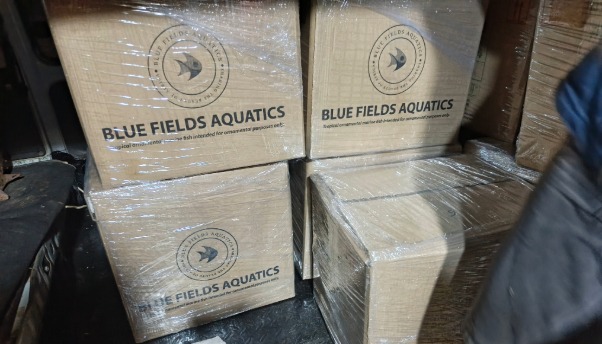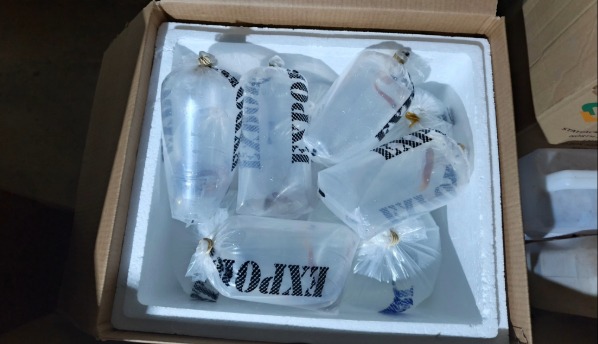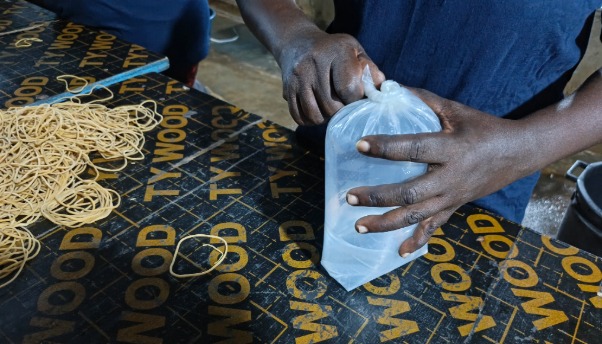Best Packaging Materials for Shipping Ornamental Marine Fish Safely

When it comes to ornamental fish export, one of the most critical steps that determines success is how fish are packaged. The right fish packaging for export ensures marine species arrive alive, healthy, and vibrant; just as they left the exporter’s facility. For marine fish exporters in Africa, mastering packaging techniques and materials is key to maintaining global trust and repeat orders.

Why Packaging Materials Matter
Every stage of aquarium fish logistics demands precision. Poor-quality materials can easily cause temperature fluctuations, oxygen loss, or physical stress during transit. This is why African exporters are investing heavily in durable, insulated, and oxygen-safe materials that protect delicate marine life on long international journeys.
Key Materials Used in Fish Packaging for Export
- Polyethylene Bags
These are the standard in the industry. Double or triple-layered poly bags filled with clean water and pure oxygen help maintain a balanced environment during shipping. They are transparent, leak-proof, and easy to label. - Rubber Bands and Plastic Seals
Every bag must be tightly sealed to prevent leakage or contamination. Strong rubber bands or heat-sealed tops ensure no oxygen escapes during transit. - Styrofoam Boxes
These insulated boxes help maintain a stable temperature, protecting fish from heat and cold. They also cushion against bumps and handling impacts common in international freight. - Outer Cardboard Cartons
To reinforce strength, Styrofoam boxes are often placed inside corrugated cartons. These boxes also make labeling and stacking easier. - Ammonia Neutralizers and Oxygen Tablets
These play a major role in maintaining live fish export quality, ensuring that water chemistry remains safe during long flights.

Choosing the Right Size and Quantity
One of the golden rules of fish packaging for export is avoiding overcrowding. Overcrowded bags increase stress and lower oxygen levels. Experienced African exporters calculate the right fish-to-water ratio based on species, size, and travel time. This precision ensures maximum survival rates and preserves the exporter’s reputation.
Temperature Control and Insulation
Fish are sensitive to temperature swings. Exporters use gel ice packs or heat packs, depending on the destination climate, to maintain stable temperatures. Proper insulation is essential for maintaining live fish export quality throughout the shipping process.
Conclusion
High-quality fish packaging for export is not just about materials; it’s about understanding fish behavior, water chemistry, and global shipping conditions. Leading marine fish exporters in Africa, like Bluefields Aquatics, combine advanced materials with expertise to ensure every shipment arrives in perfect condition.
Learn more about why packaging excellence is important in the ornamental fish export in our main article: Importance of good packaging in ornamental fish export.
